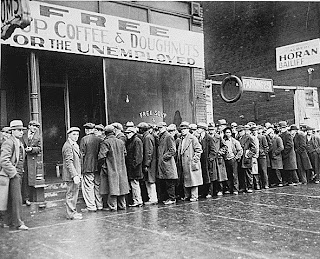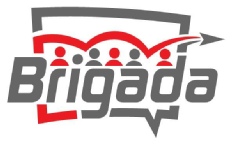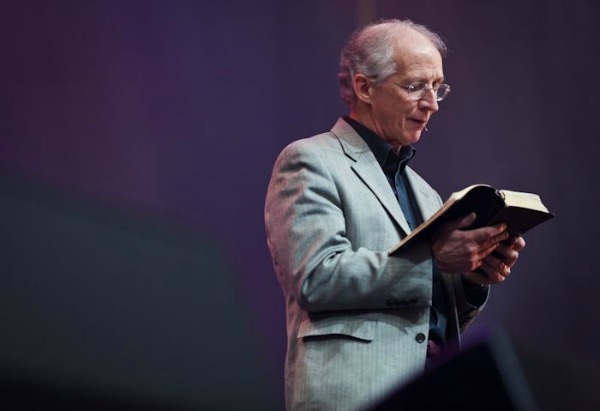
With current global economic concerns one reader is looking for anything written (books, articles, dissertations) on how missions did during the Great Depression of the late 1920s and early 1930s. It would be great to learn from the lessons of the past. Please just click “Comment” below to mention your reference (anonymously if you like) and be sure to note the original URL or address of the source.











Here’s one that’s been on my mind in recent months:
Frank Laubach was a missionary to the Philippines starting in 1915. In the beginning it was slow going; he was mostly frustrated and unsuccessful with the harsh Muslim people he was targeting. Honestly, he did not like them.
But God broke through and melted his heart toward them, and one of the changes which came after that point was a renewed focus on learning their language.
In doing so he discovered that many of the Moros could not read. As a result, they were victimized by and powerless in the hands of surrounding communities. Laubach wanted to do something for them. Using his own language-learning flash cards as a basis, he started teaching, developed a dictionary, and soon even started circulating a newspaper in the people’s language. This raised the status of their language and equipped them to better connect with and compete in the outside world. He had hit on a need.
Before long Laubach was being constantly sought by Moros to teach them to read. He started hiring assistants from among the Moros as the demand grew and grew. He set up a language and literacy program, and trained his staff to be reading teachers.
At that point, though, something terrible happened back home. Yes, it was the Great Depression. With that, his funding dried up. There was nothing to do but fire his staff and close down the program; he couldn’t afford to keep it going. Or so he thought.
He called a meeting to tell everybody the bad news.
Here’s what Laubach writes about that day in his journal:
“Kakai Dagalangit, a tall chieftain with fierce black eyes, stood up. He has 13 wives and all he has to do is look at them and they behave. He looked at me with those fierce eyes and said, ‘This campaign shall not stop. It’s our only hope.’
“Then he looked at those teachers with his fierce eyes and said, ‘I’ll make everybody who knows how to read teach somebody else, or I’ll kill him.’
“Everybody taught. Nobody died. Everybody liked it. I did not like the motto ‘teach or die’ and so changed it to ‘Each One Teach One.'” *
What seemed to be a tragedy was a blessing in disguise. Using simple, reproducible methods that didn’t rely on money from back home made all the difference. Many more learned how to read than would have the other way.
The one-on-one teaching style had other advantages. It was great for building trust and sharing the gospel, too. Laubach’s methods have been used around the world to bring the blessing of literacy to millions – 60 million, to date – equipping oppressed people to stand up for themselves and take care of their families, and brightening the future of whole communities.
* The story is told with more detail in Majorie Medary’s book, Each One Teach One – Frank Laubach, Friend to Millions, which is old enough to be in the public domain. You can find it online here: http://www.archive.org/details/eachoneteachonef012372mbp